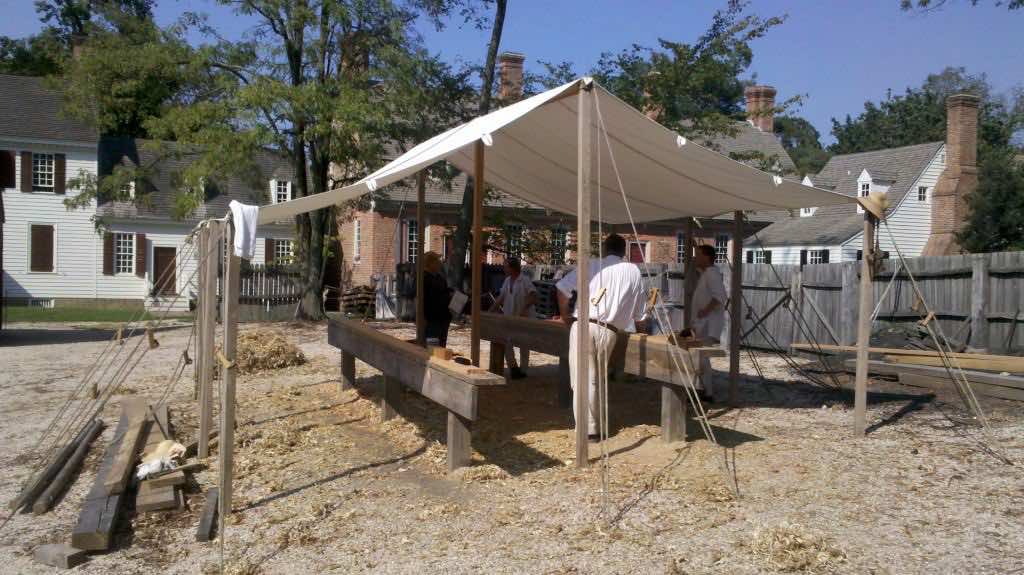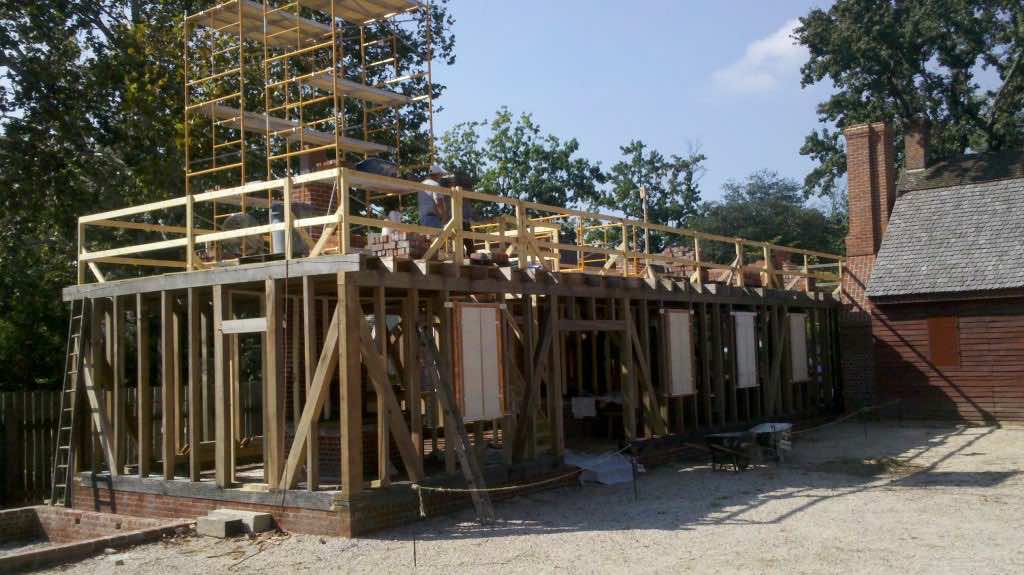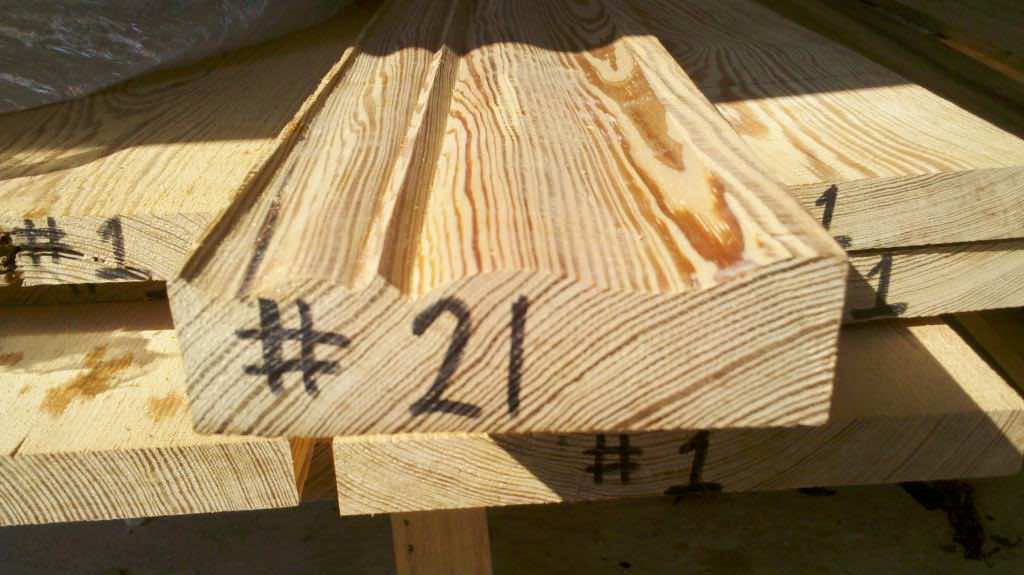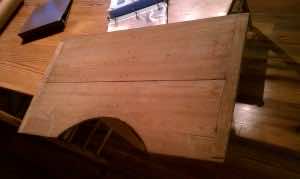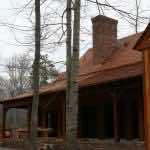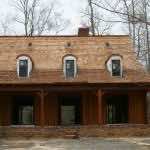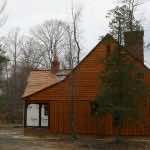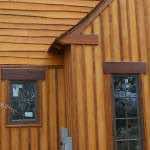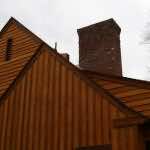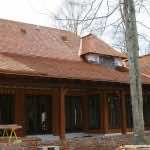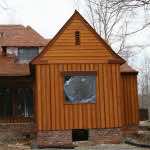What's the Cost of Reclaimed Wood Beams?

Reclaimed beams are a popular choice in both new builds and renovations, bringing unique textures and a sense of history into almost any space. Reclaimed beams typically cost more than similar new-growth woods. Is the extra expense worth it?
Beam for the Buck: Pricing Reclaimed Wood Beams
Choosing reclaimed wood for your project can be both a practical and aesthetic decision. Exposed reclaimed wood brings a beautiful “story” of its own to any interior but typically comes with a mark-up over new-growth wood or other structural materials.
Keep reading to discover the cost of reclaimed wood beams, the factors that go into pricing, and whether the extra expense adds real value to your project. Read on to learn more about how much your reclaimed wood beams are likely to cost you and why.
What is the Average Cost of Reclaimed Wood Beams?
The cost of reclaimed wood beams varies widely based on the condition of the wood and many other factors. On average, you should expect to pay between $15and $50 per linear foot for standard-sized beams in good condition.
However, large beams in exceptional condition, and especially those from rare and highly desirable species like old-growth East Coast heart pine, can sometimes cost $50 a foot or more. Smaller, non-standard, and less desirable beams might cost as little as $12 per linear foot.
Prices will also typically be higher from established dealers who can guarantee the condition, grading, consistency, and provenance of their stock, while less reputable dealers will charge lower prices to move “odd lots” of wood quickly.
What Affects the Price of Reclaimed Wood Beams?
Now let’s take a closer look at seven of the most important factors that help determine reclaimed wood beam prices. These include:
1. Wood Species
Genuine reclaimed old-growth cypress, spruce, and heart pine are more expensive because the available stock of wood from these vanished eastern seaboard forests is finite. These woods are prized not only for their beauty but unique strength, stability, and durability. When treated well, they simply get better with age.
2. Quality and Condition
The scarcity of high-quality reclaimed wood also means beams in good condition with minimal damage or decay are highly prized and therefore priced higher. When buying wood, it’s best to trust a reputable dealer to guarantee the wood you get is of the promised quality.
3. Size and Dimensions
Large beams hewn from the largest old-growth trees became increasingly hard to find as the original temperate forests were worked out. Second-growth trees and commercially grown timber are not big enough to provide similar-sized beams hewn from a single tree.
If your project demands the unmatched strength of original, old-growth trees, you’ll pay more the greater the length, width, and thickness of the beam you require.
4. Finishing and Processing
You will also pay more for reclaimed wood that has been professionally reclaimed, cleaned, kiln-dried, and stored responsibly. Although it is possible to source limited amounts of wood from untested suppliers, buying from a reputable company ensures your wood has been thoroughly cleaned, disinfected, and dried to prevent warping, cracking, or splintering.
5. Grading
An underappreciated aspect of reclaimed wood pricing is the value of professional grading. Put simply, this means the entire lot of wood you purchase matches the samples you are shown.
More specifically, professional wood grading ensures that all the wood in your lot is of similar size and quality and has the same number of worked surfaces. Choosing properly graded wood prevents you from being caught short by inconsistent sizing or milling halfway through an installation.
6. Market Factors and Demand
Reclaimed wood is a limited resource and the market responds to fluctuations in demand by raising and lowering average prices. Beam prices also reflect the overall demand generated by building activity and the state of the wider economy.
While reclaimed wood is widely considered a “timeless” product, it’s also subject to changing trends and fashions in design, fashion, and decoration.
7. Transport and Logistics
Bigger beams will always cost more, you’ll also pay for the additional cost and labor involved in moving large pieces. This includes the expense of transporting wood to where it is needed, as well as the cost of hiring cranes or other equipment to get large beams into position.
A Deeper Look at Reclaimed Heart Pine Beams
Now, let’s see how various characteristics of genuine reclaimed East Coast heart pine come together to impact the overall cost of reclaimed wood beams. First, we’ll consider several unique natural qualities that make this type of wood beam particularly desirable.
Natural Qualities
Scarcity: Heart pine comes from the large longleaf pines that once grew throughout the south-eastern U.S. Today, original heart pine beams can only be reclaimed from large disused mills and warehouses from America’s colonial and early industrial period.
Durability: While scarce, the slow-growing heart wood of these trees continued to outperform many modern materials in durability and hardness.
Aesthetics: The fine grain and distinctive pink and golden hues of heart wood are highly prized when exposed in milled or reworked beam work.
Stability: The tight, long grains of heart pine make it remarkably stable, meaning it is naturally resistant to warping or deformation under stress or due to changes in temperature or humidity.
Resistance to decay: Old-growth hardwoods like heart pine have a natural resistance to decay and insect infestations. This is part of the reason these original slow-grown woods are still with us today, and why they continue to be prized as a building material.
Historical significance: A wood prized as a building material by our ancestors, every reclaimed heart pine beam comes with a unique link to the past. That past becomes part of your building when beams are reused, especially if the historical patina is preserved.
Environmental factors: Continuing to use genuine reclaimed heart pine beams in a new building, rather than incorporating modern materials or commercially farmed timber, is considered a sustainable building practice and adds to the value of your project.
Next, let’s consider factors specific to a particular beam or wood beam lot that can have a potentially significant effect on cost.
Beam Characteristics
Size and dimensions: Original reclaimed heart pine beams are hewn from a single piece of old-growth timber. Reclaimed beams are often sawn into smaller flooring boards by unscrupulous operators, making large, long, and wide beams particularly valuable.
Condition: Heart pine is naturally resilient, but beams without signs of deterioration such as rot or past insect infestation, or cracking, splintering, or warping are worth more.
Patina As a genuine antique wood, heart pine continues to “live” through its unique patina acquired over centuries of service in shops, factories, and barns. New-growth wood can be treated to “look” old, but there is no substitute for the real thing.
Provenance: Wood that can be proved to come from a genuine historical building, and especially from one with links to a particular historical building or event is particularly valuable. Experienced reclaimers work hard to establish the source and “chain of custody of woods they source.
Finally, let’s consider some of the practical and logistical factors that can influence the cost of reclaimed heart pine wood beams.
Practical and Logistical Factors
Sourcing: Heart pine is a scarce wood only found in historical buildings dating from the early nineteenth century or early. Only experienced, well-connected suppliers can access significant amounts of high-quality, properly provenanced stock.
Processing: Finding, reclaiming, and processing large, historic reclaimed heart pine beams is expensive and labor intensive. Wood must be removed and transported without damaging it, and then cleaned, dried, graded, and responsibly stored.
Customization: Extra processing of wood beams will always add to the cost, whether this is specialist milling to ensure consistency or expose texture, cutting to the right size for your project, or reworking with historically accurate hand tools by expert craftspeople.
Transport: The difficulty of moving large heart pine beams in the past means many of these beams remain in the U.S. Southeast, where E.T. Moore is based. While we like to see wood reused within its original native range, transporting beams to locations further afield will necessarily add to the cost.
Together, these factors will determine the price you’ll pay per board foot, and overall, for genuine reclaimed wood beams for your project.
Cut Costs or Add Value?
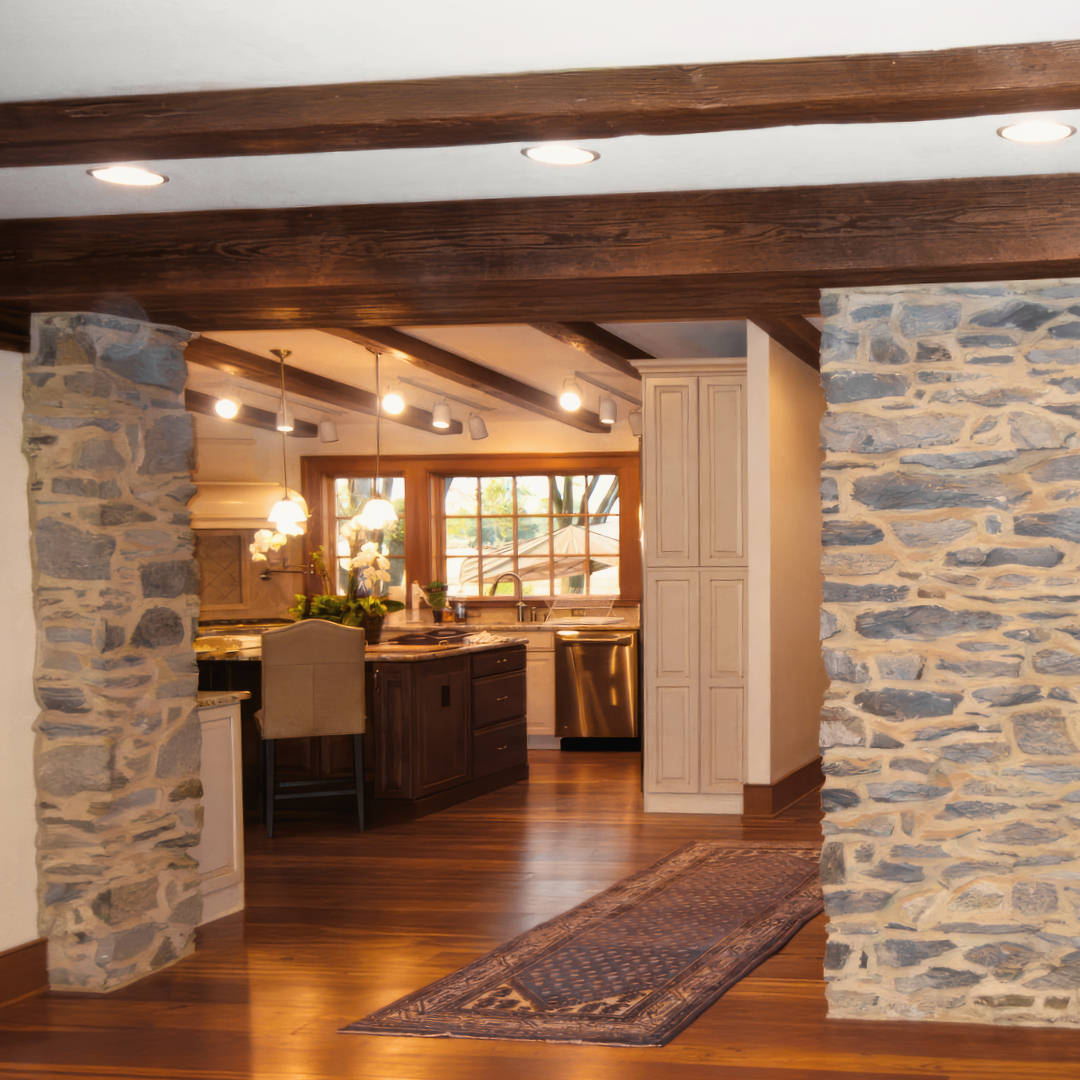
Genuine, high-quality reclaimed wood beams are of premium quality and will always cost more than new-growth commercial timber, composite beams, and other replacement materials.
It is possible to cut costs by taking a chance on buying inferior quality wood from smaller or less-established vendors, by accepting mixed or inconsistent lots, or by risking damage to your wood by attempting to reclaim, clean, and transport yourself. However, it's important to consider what taking this route can cost you in the long run.
Not only will you be stuck, potentially, with wood that fails to meet your construction or design needs, but you’ll be incorporating in your building an asset that is more likely to fail or require remedial refurbishment over time. Cheap or unprovenanced beams will also struggle to hold and increase their value over time.
If you’re serious about making genuine historical reclaimed wood a part of your project, then it pays to recognize the intrinsic value of this product and to work with an experienced vendor like E.T. Moore, who can offer you well-provided, properly graded wood that meets your needs.
While this means you might pay more upfront for a quality product, this is an investment you or your client will come to appreciate over time as a naturally strong, stable, and beautiful product that increases in value and requires little ongoing maintenance.
As with any major investment, when it comes to genuine antique reclaimed beams, it pays to be able to see the wood for the trees.
Frequently-Asked Questions
Have questions about whether reclaimed wood beams are right for your project? We have answers to some of your most common questions!
How much are old beams worth?
We’ve looked at a lot of the factors that go into valuing reclaimed wood beams. As with anything, good quality beams will cost more but will last long and require less maintenance, while bringing a unique sense of beauty and history to your space.
Is it cheaper to use reclaimed wood?
It depends on the quality of reclaimed wood you choose to use. Some inferior reclaimed wood may be cheaper than modern commercially grown timber, but will not last as long. Higher quality reclaimed wood like heart pine costs more upfront but retains its value almost indefinitely.
Why is it important to use a reputable reclaimed wood supplier
A reputable wood supplier like E.T. Moore has decades of experience in sourcing, grading, and matching reclaimed wood. We’ve built our reputation on being able to find the woods you want and supply the quantities you need, and we stand by every beam and board we sell.
Trust E.T. Moore to Supply Your Reclaimed Wood
If you’re looking for high-quality reclaimed wood beams that will make a statement in any space now and for years to come, then you’ve come to the right place.
E. T. Moore is a recognized specialist in supplying genuine antique hardwood reclaimed beams, including prized East Coast heart pine. We provide an unrivaled selection of treated, graded, and stored beams and other products at our five-acre facility in Richmond, VA, and the ability to source other products through our extensive network of contacts.
Talk to us about your reclaimed wood beam ideas. We can assist with an investment in enduring, high-quality wood that adds value to your property for decades. Contact us today, or click below to learn more about our wood beam products.
View Our Reclaimed Wood Beams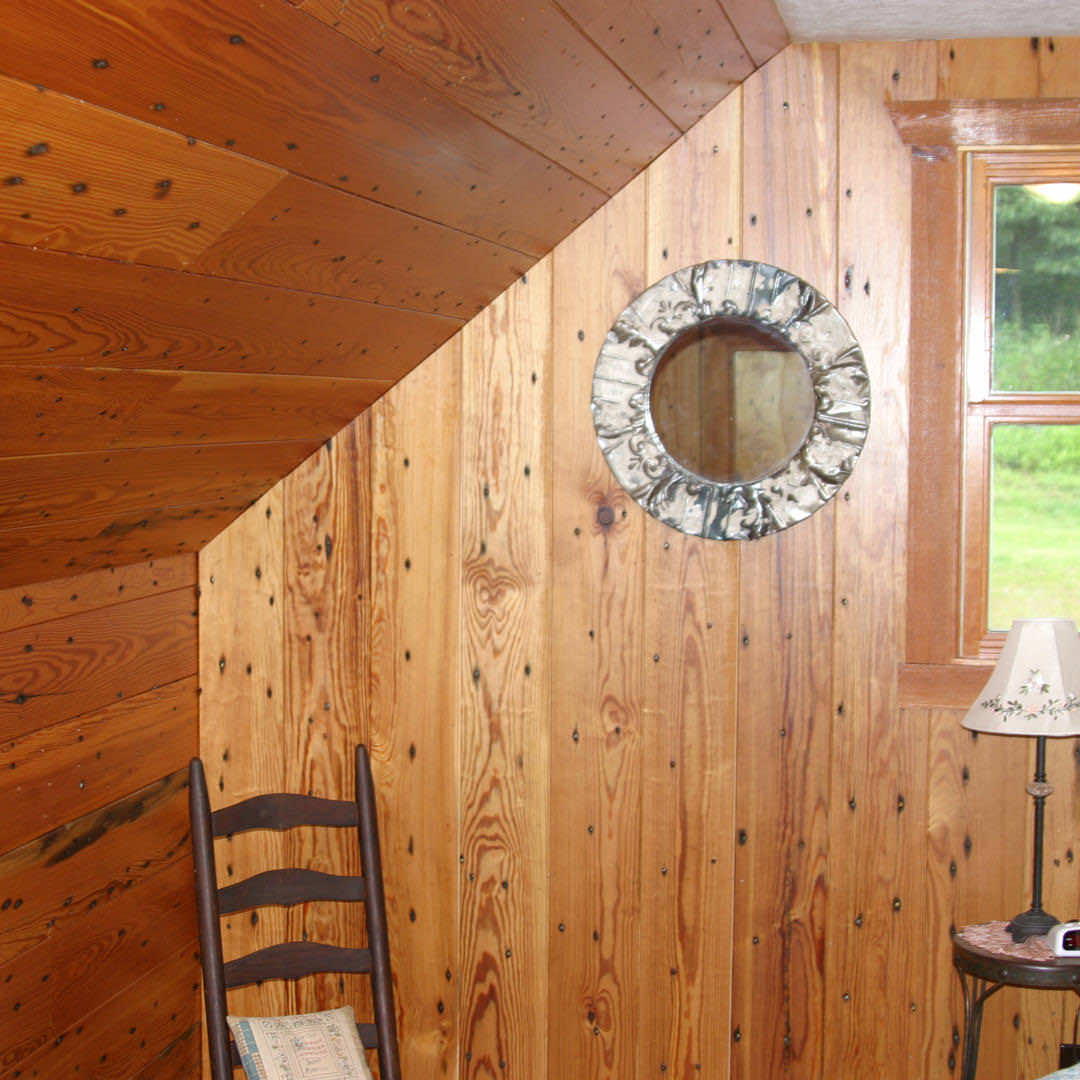

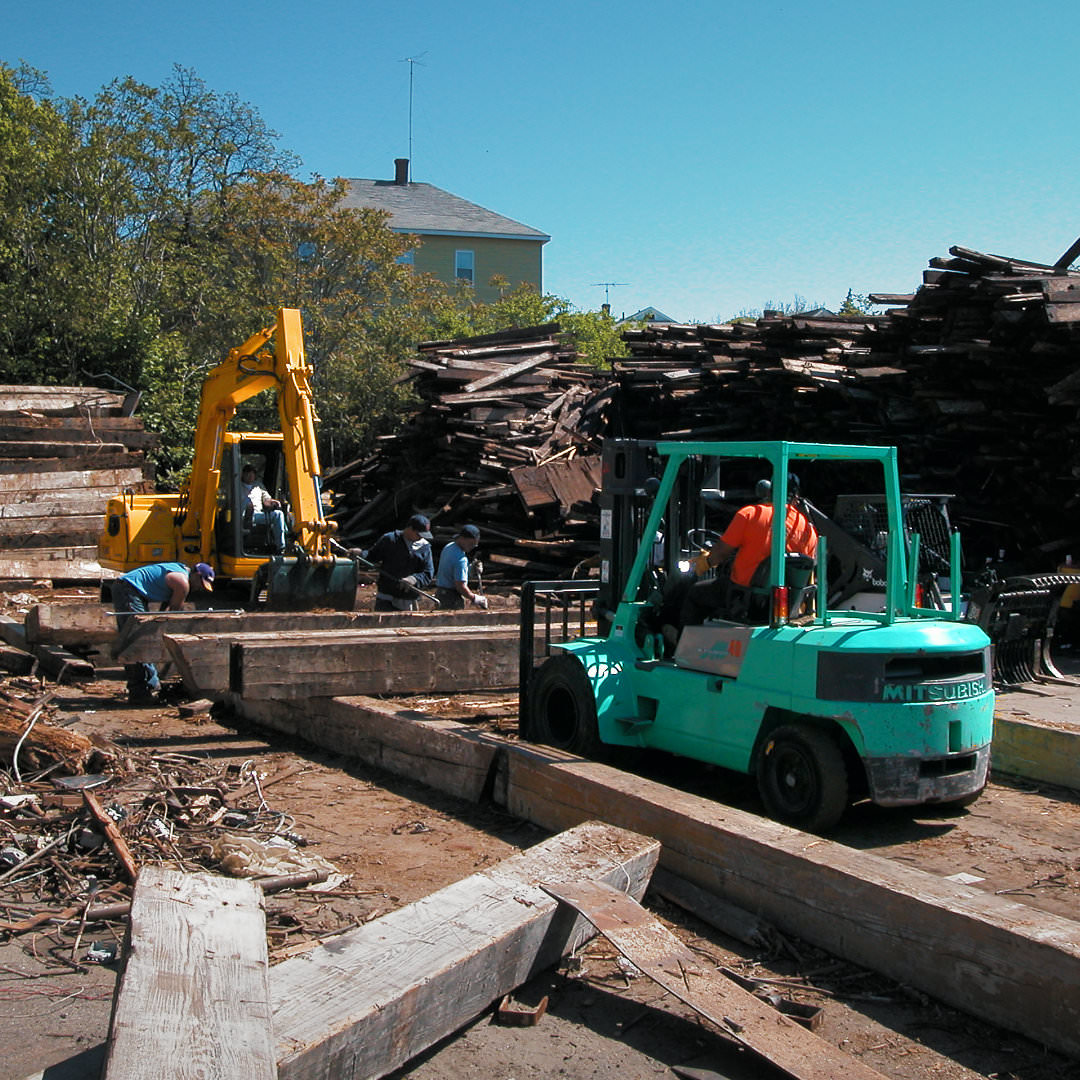











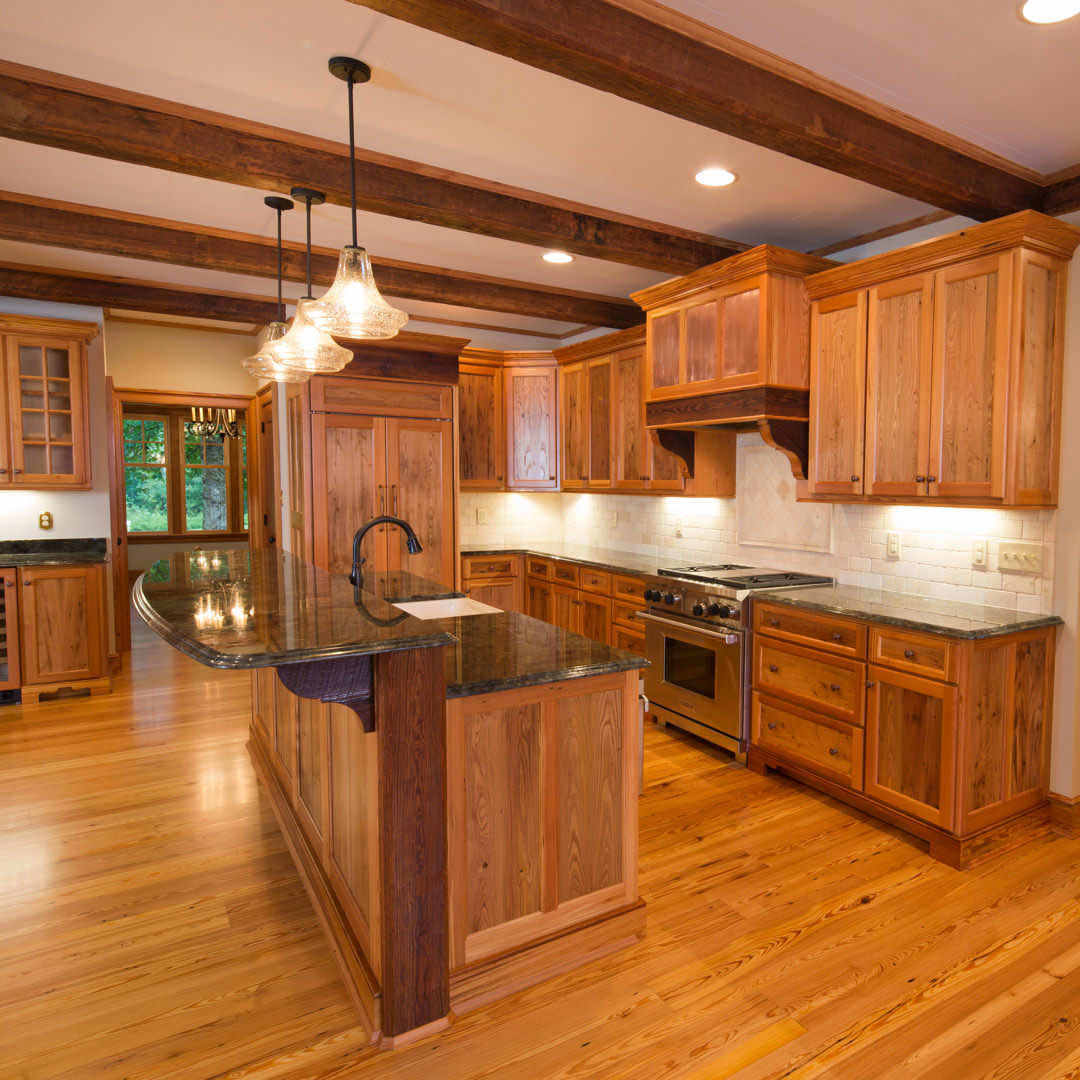


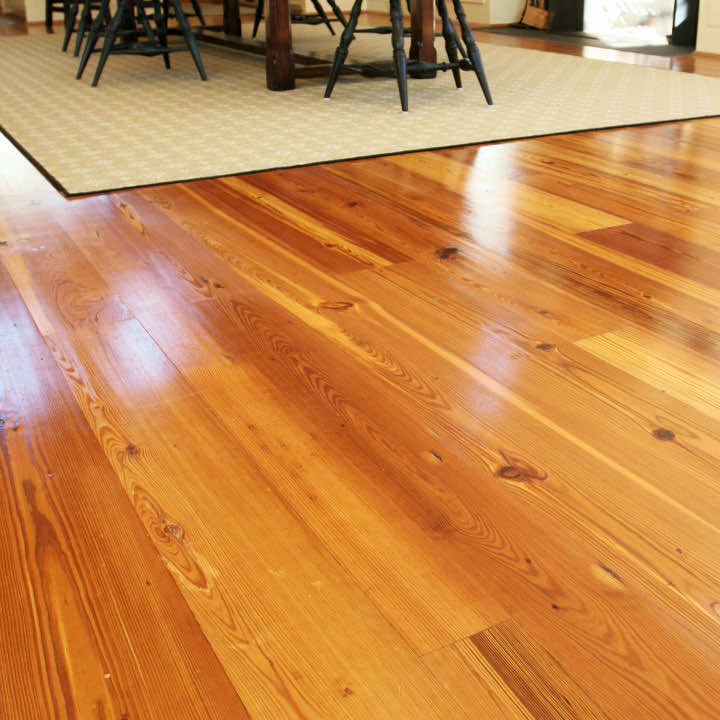


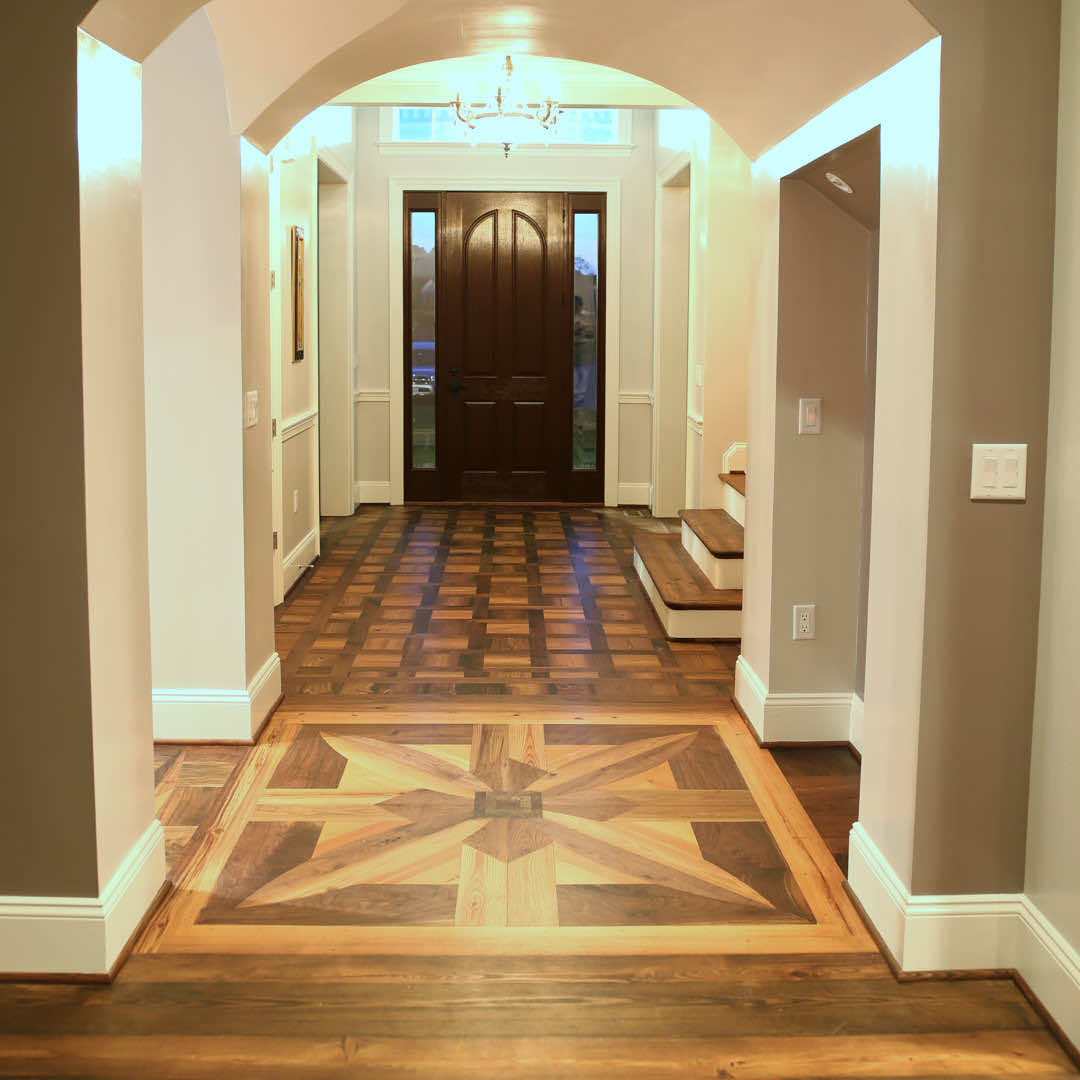
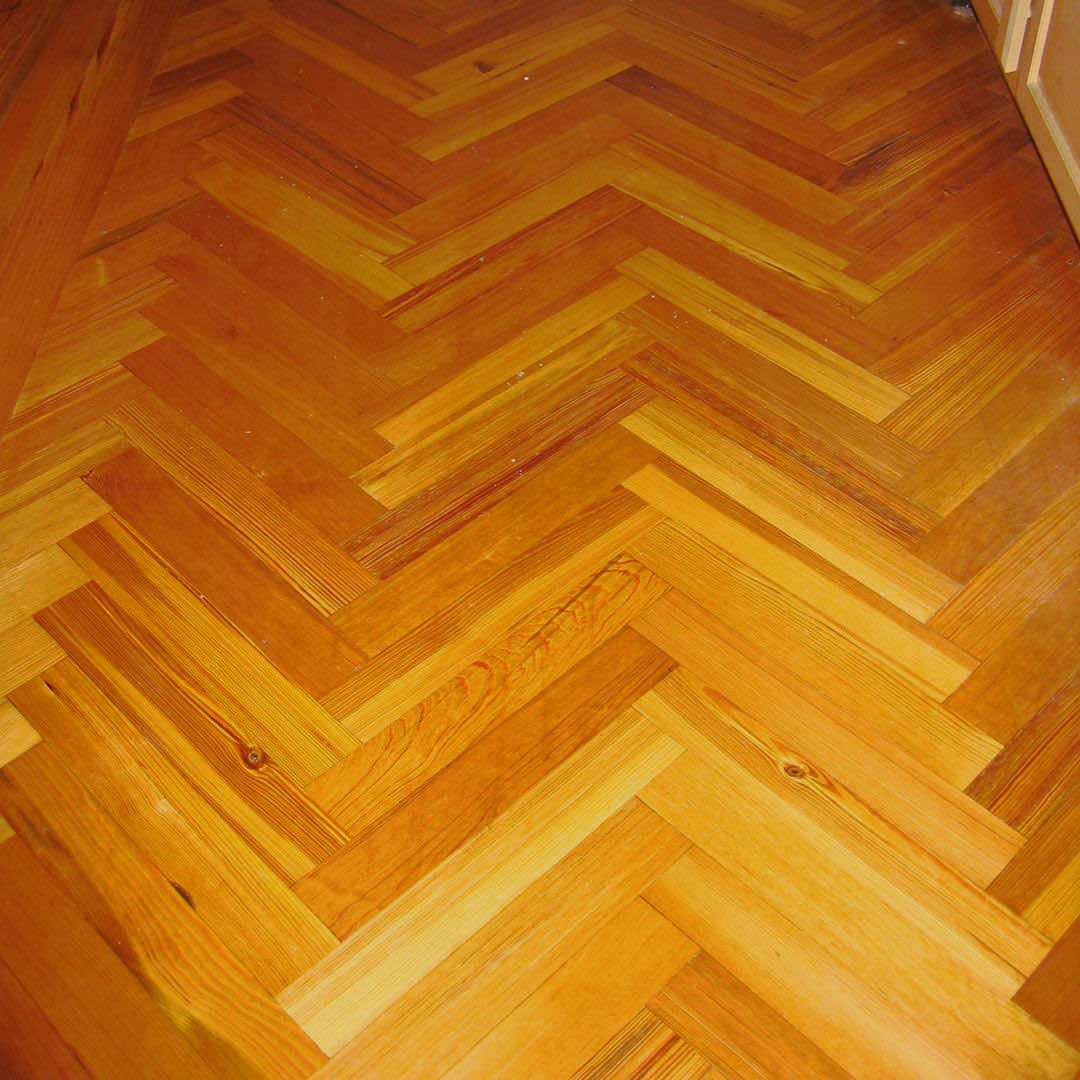
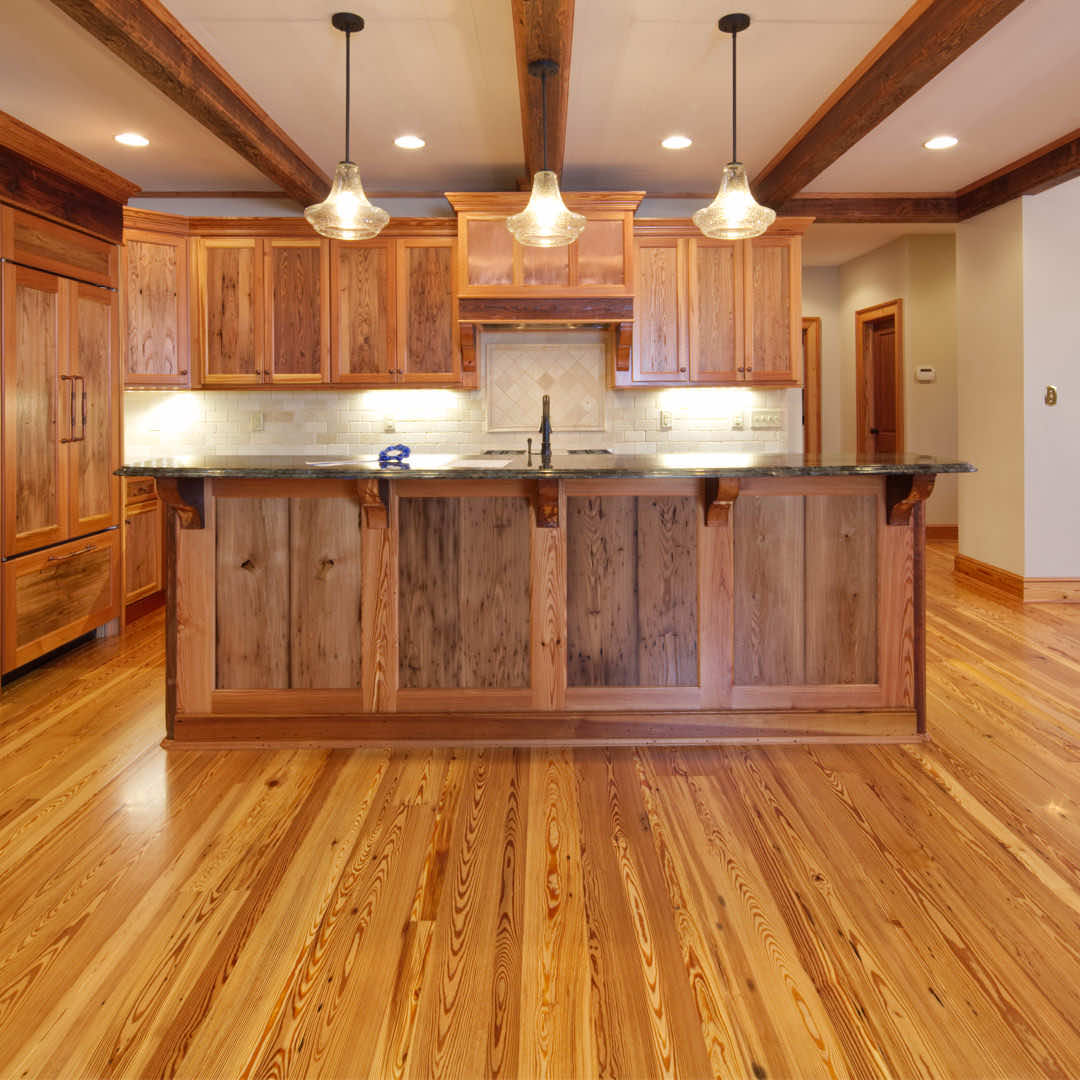
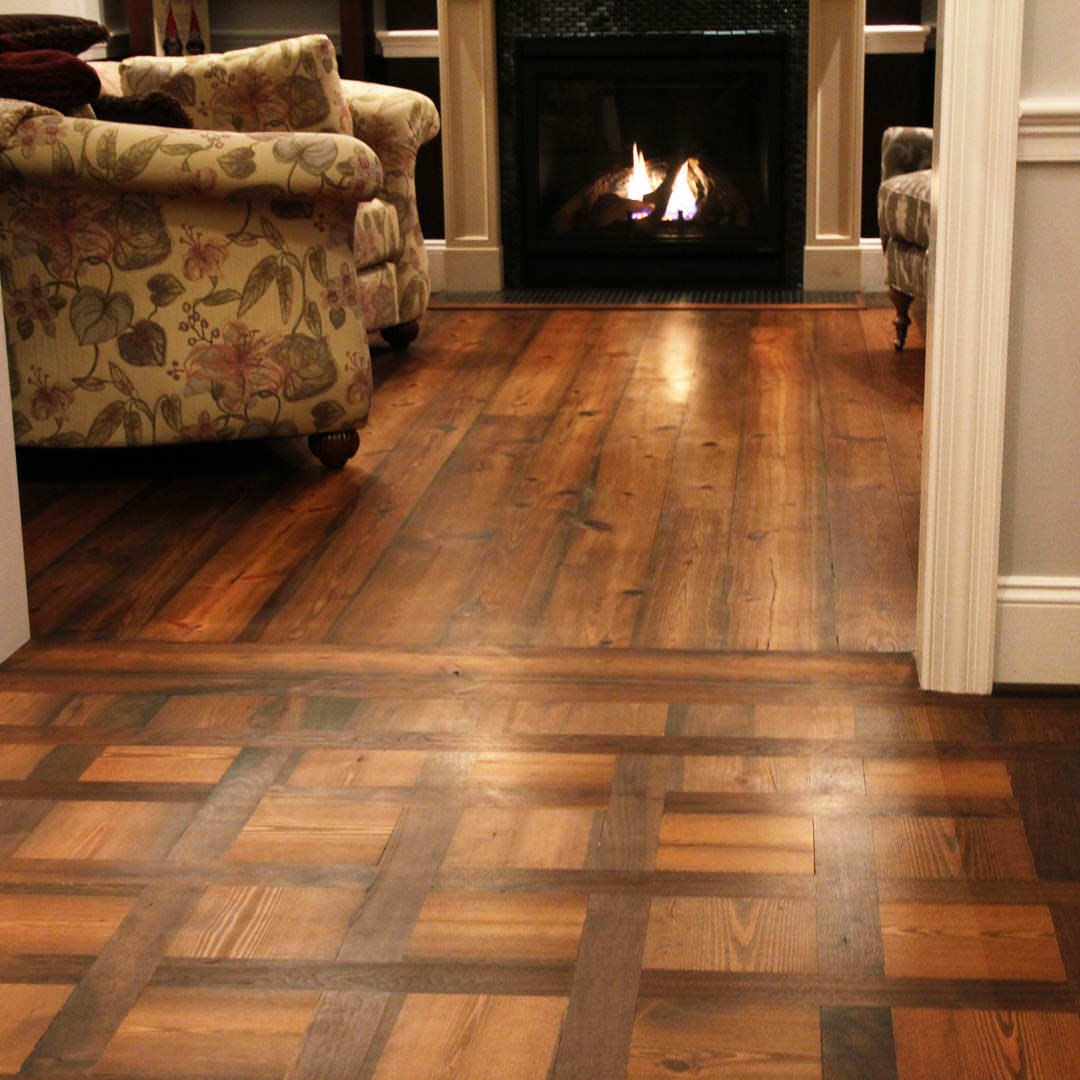
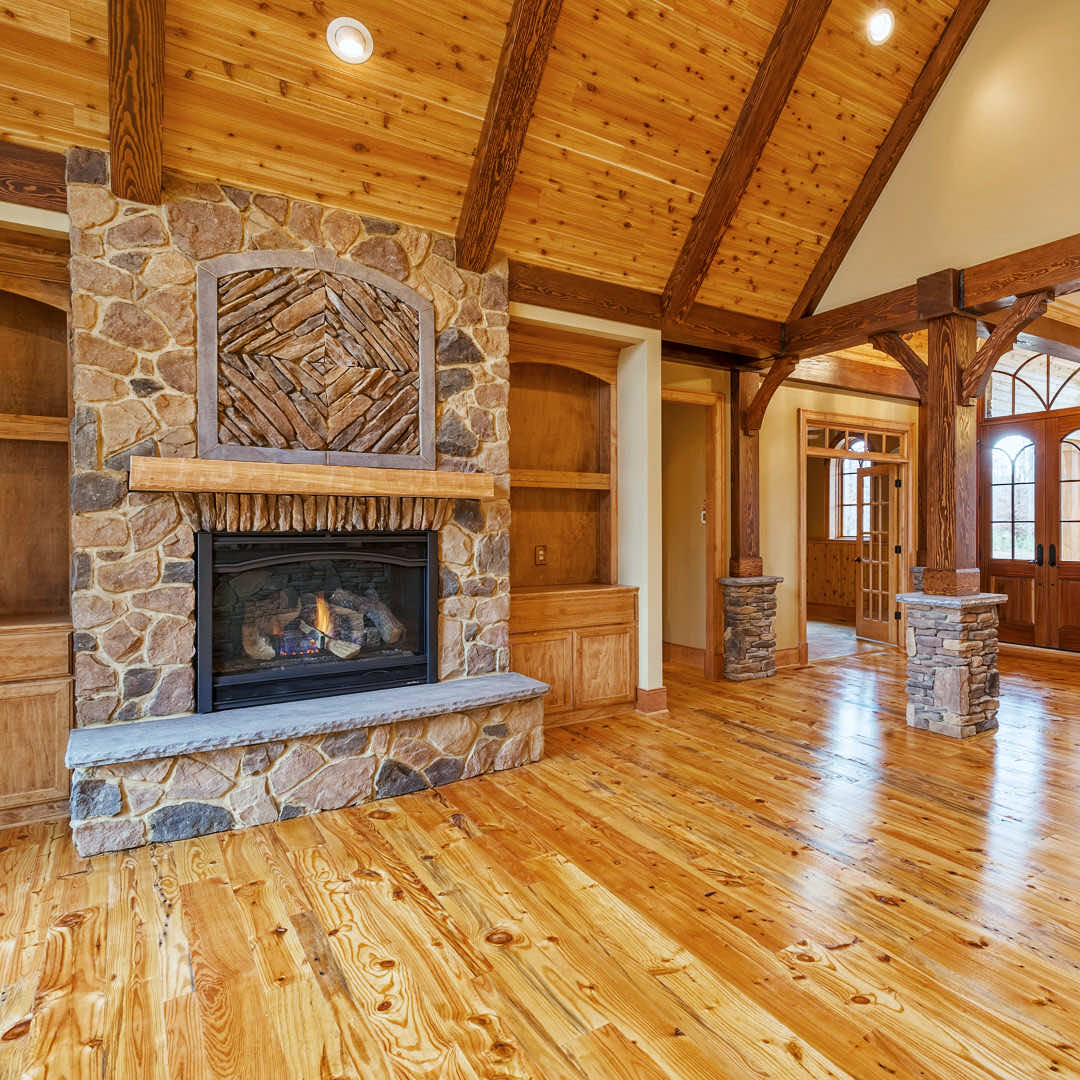
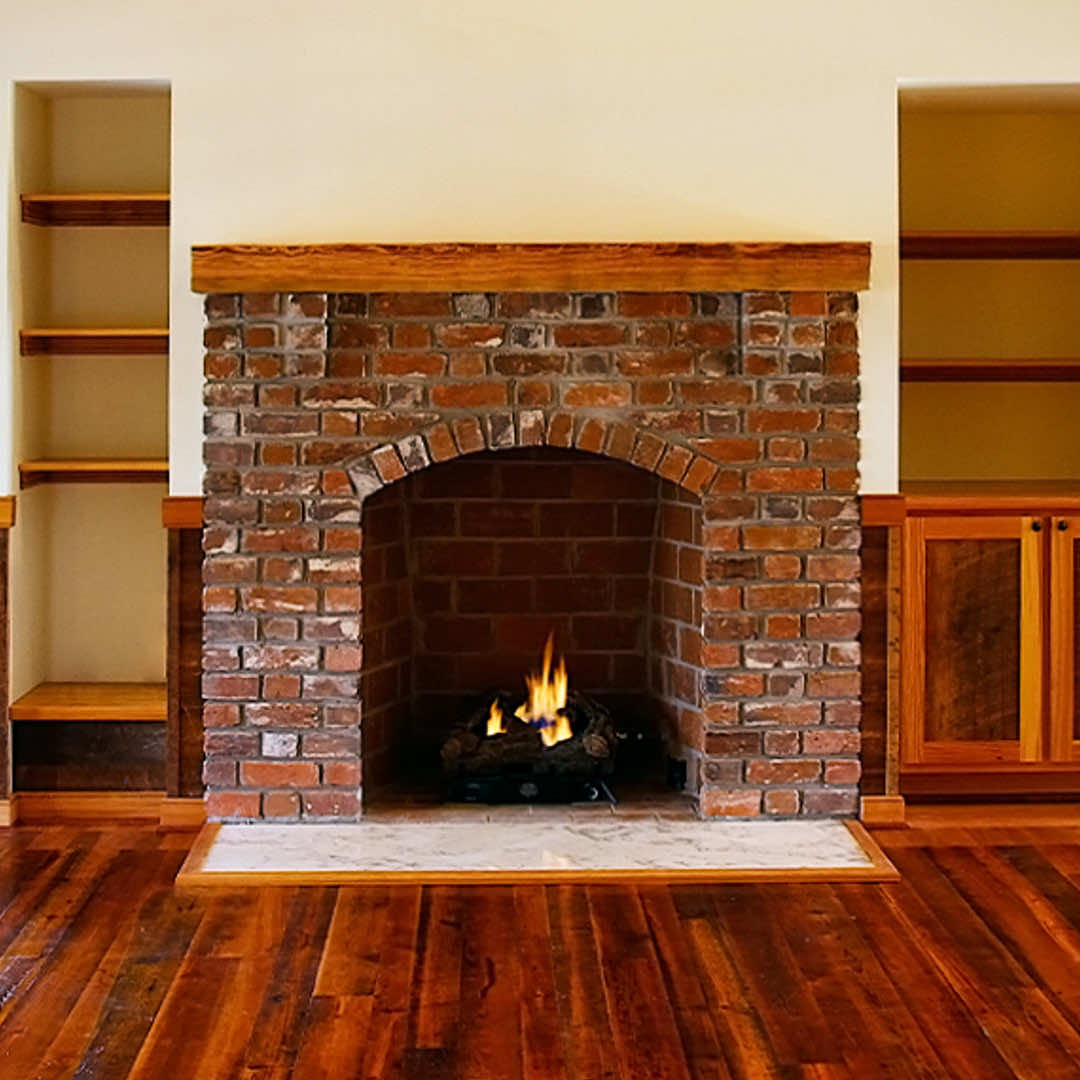
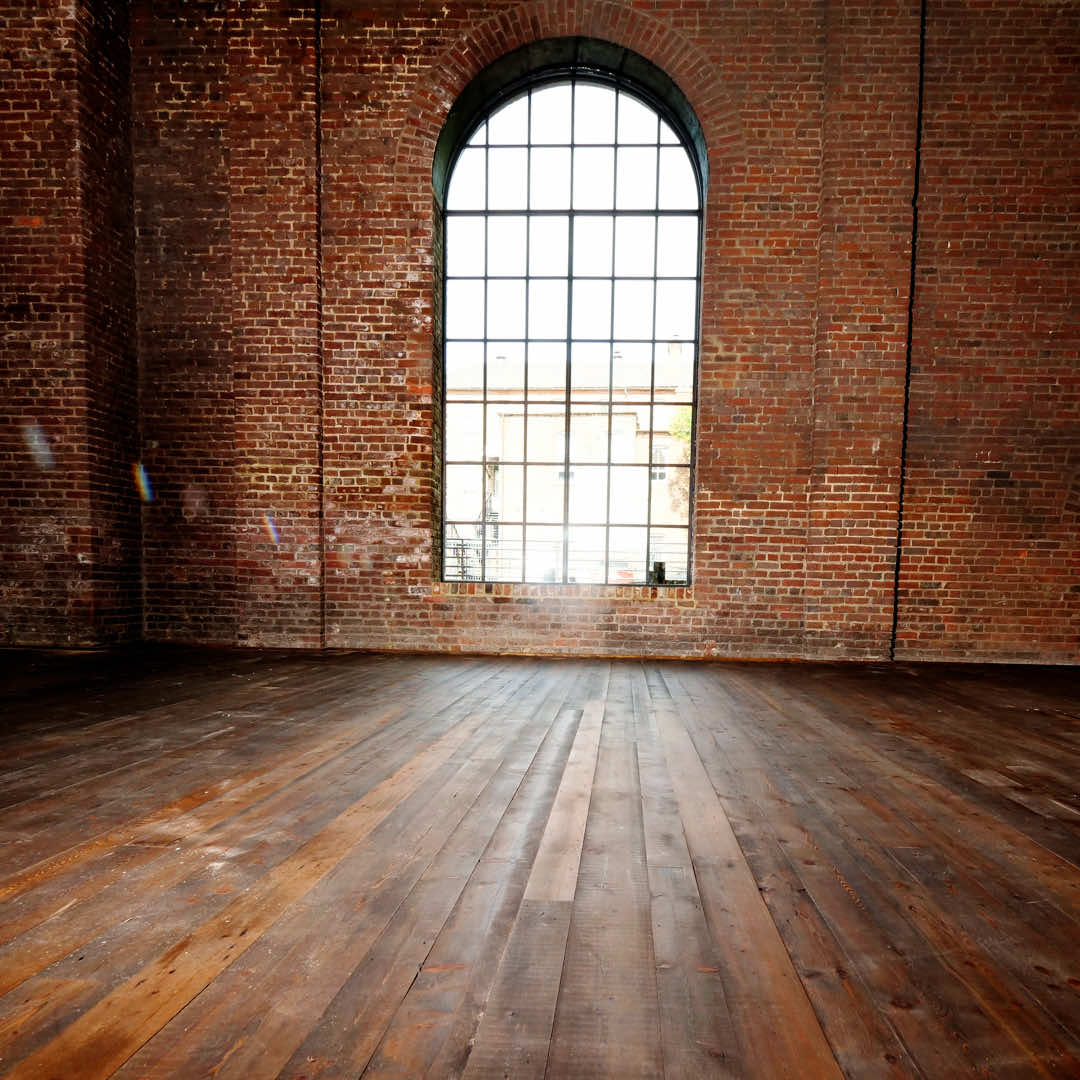
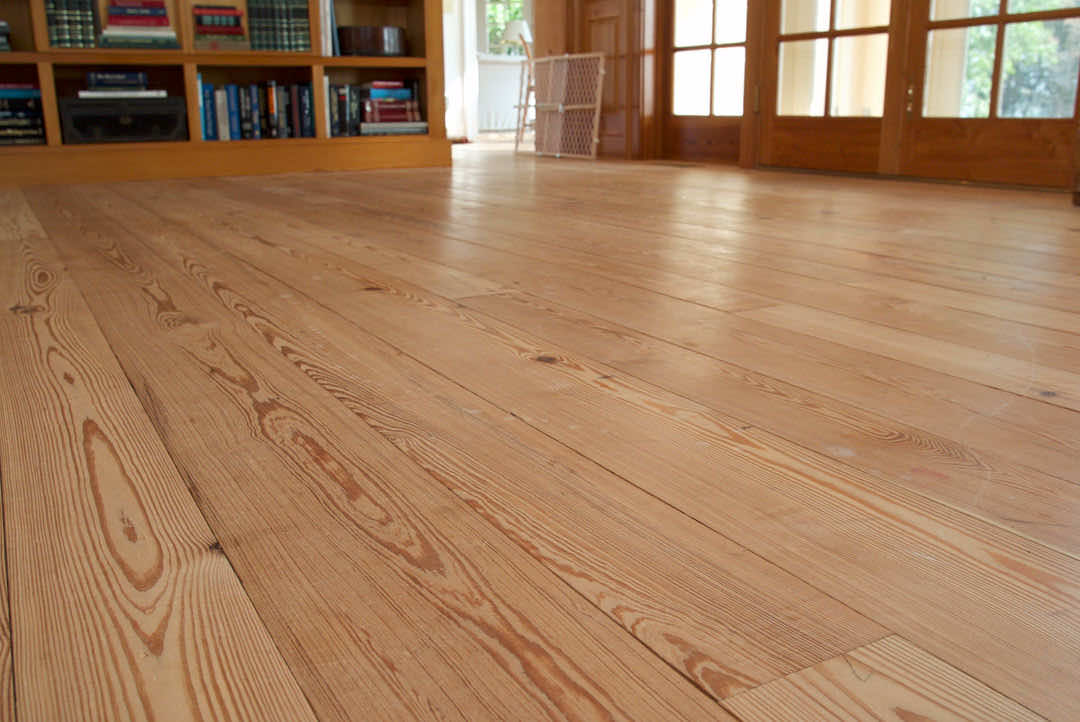
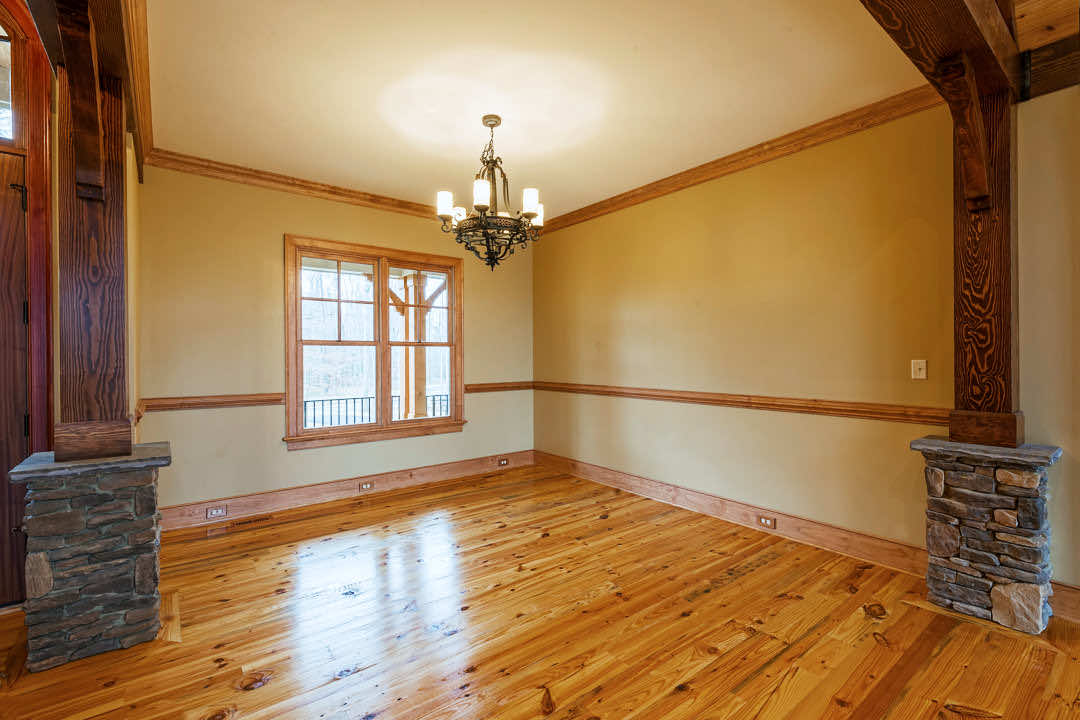
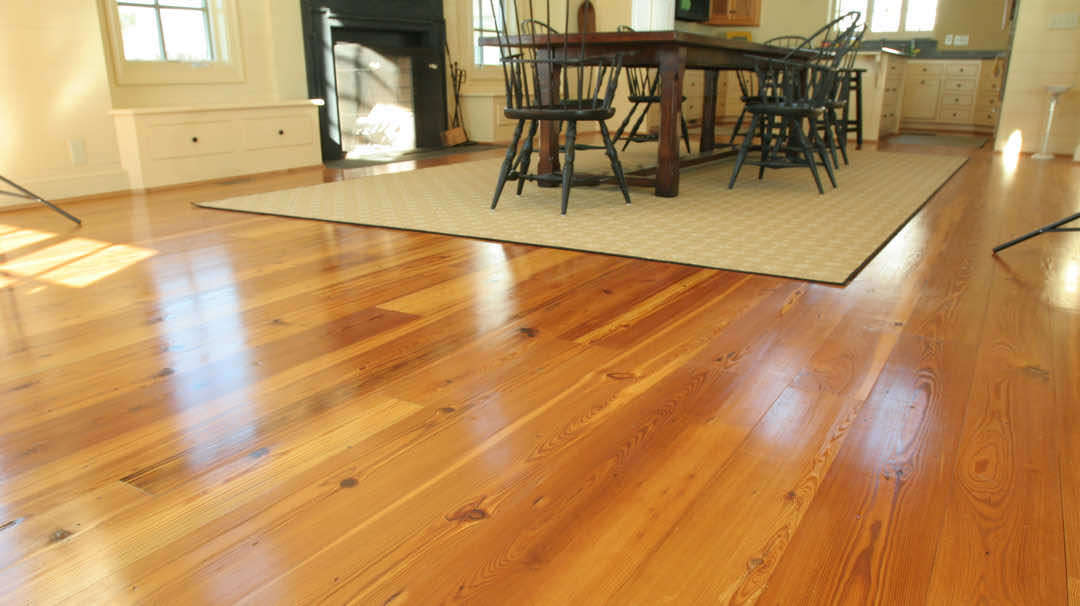
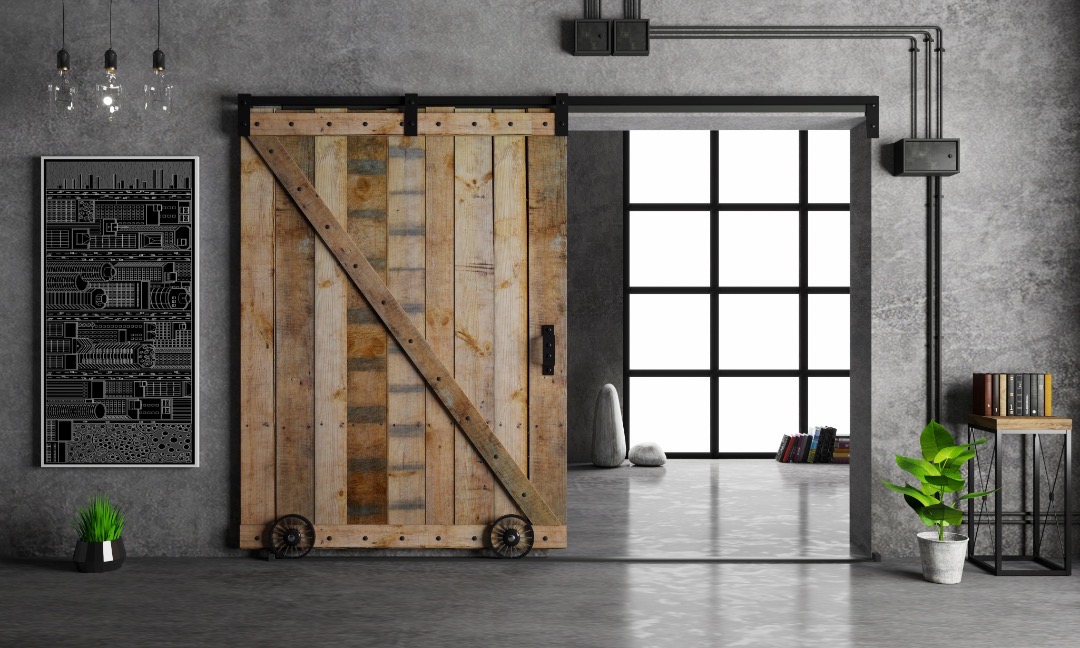
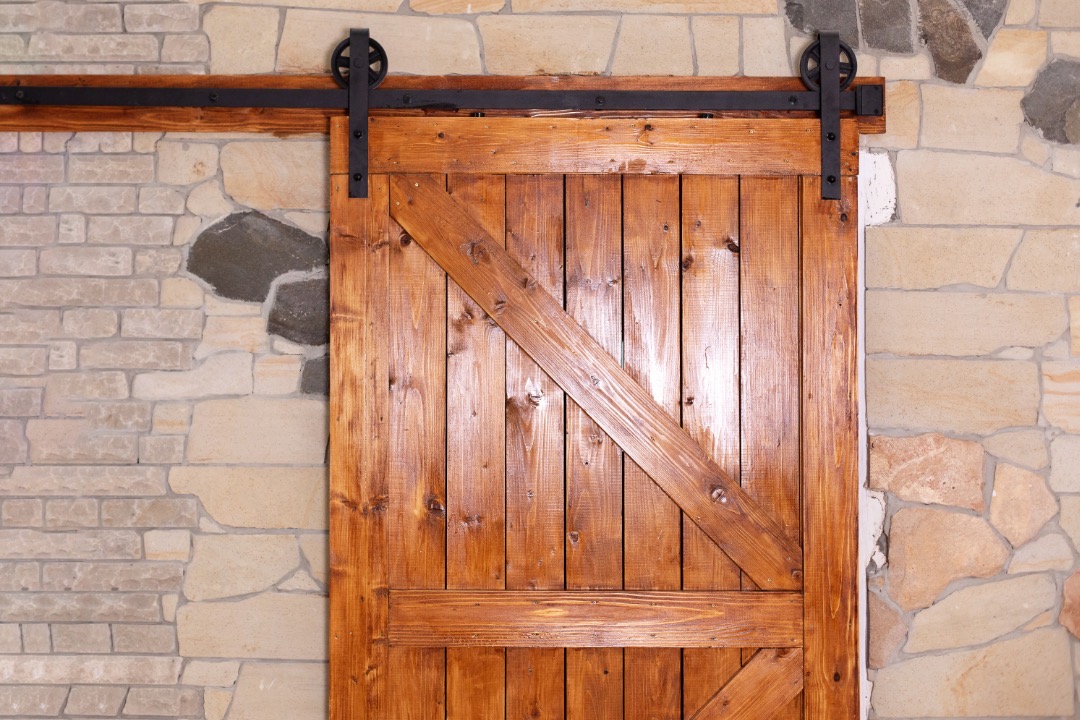

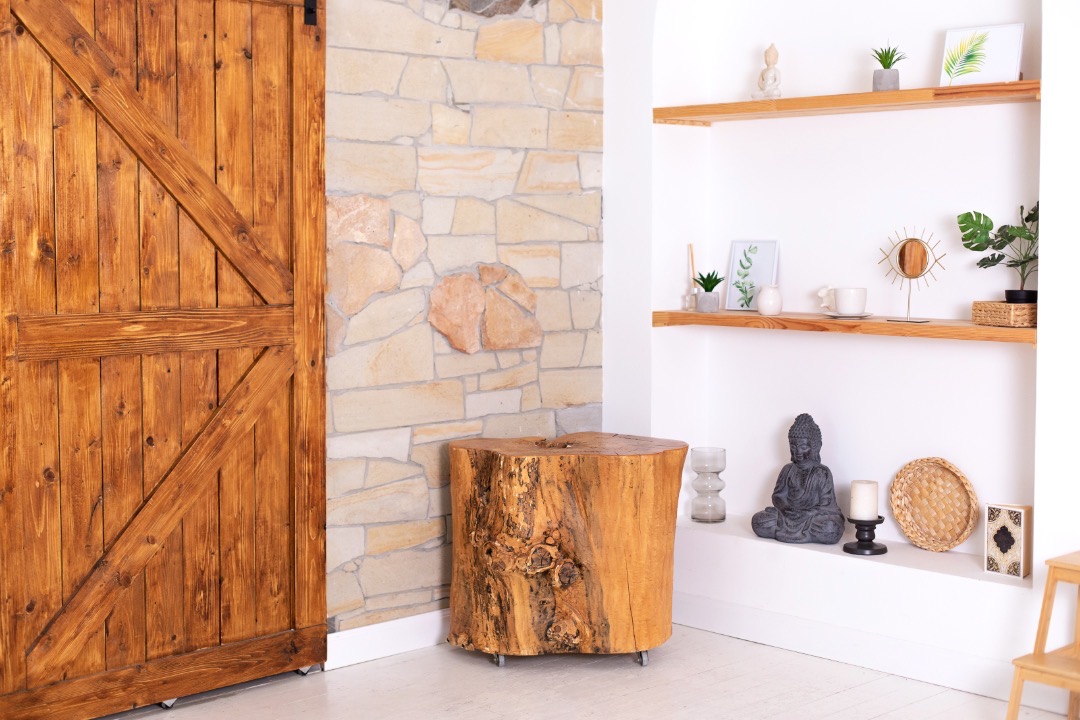
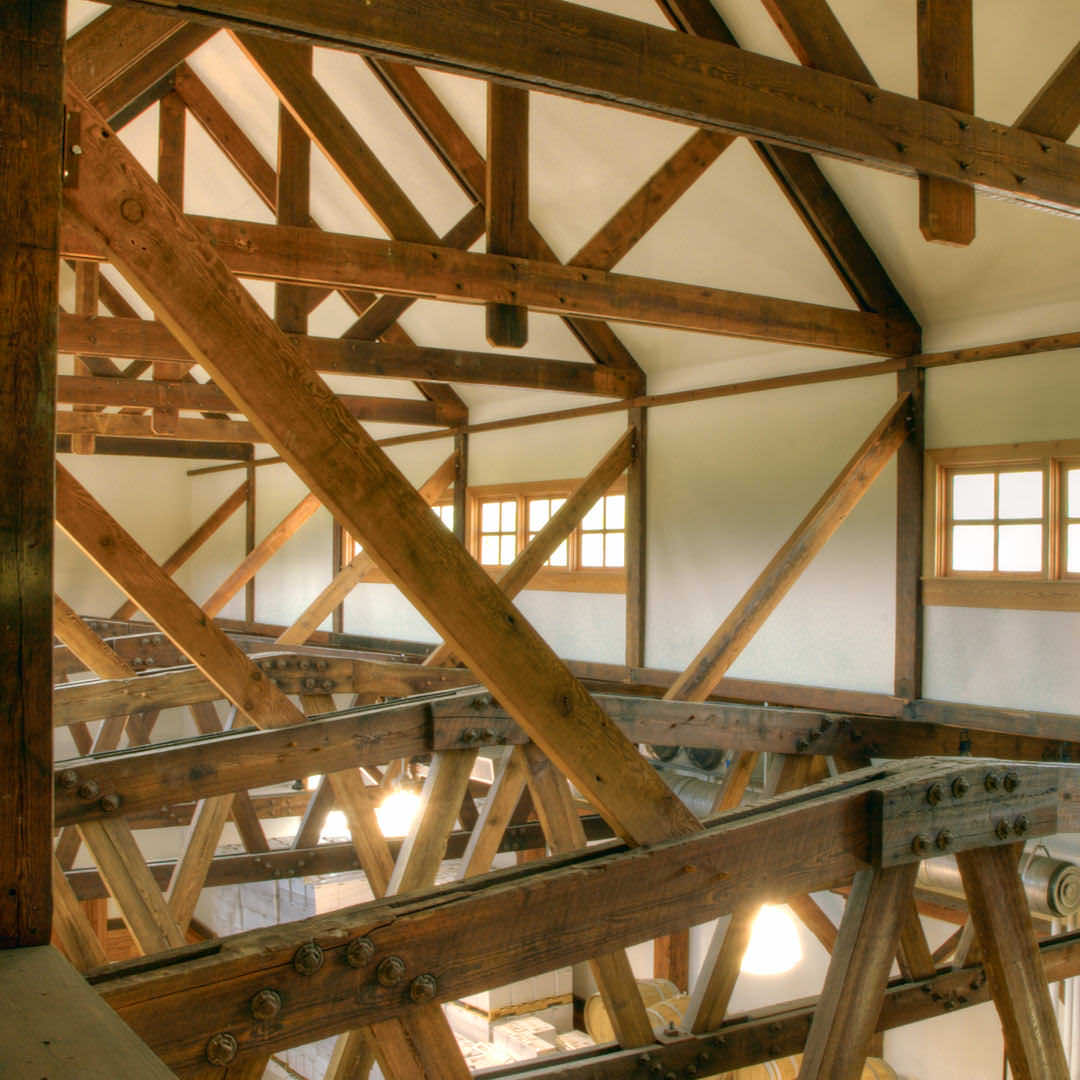
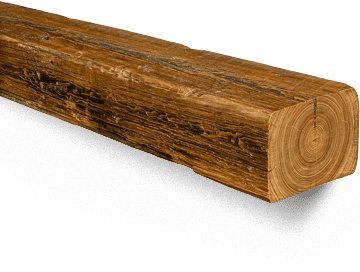
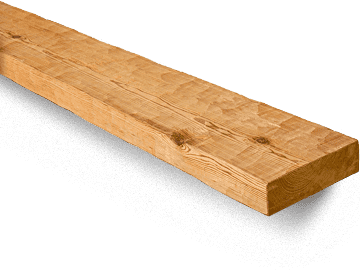
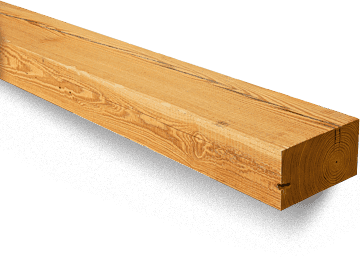
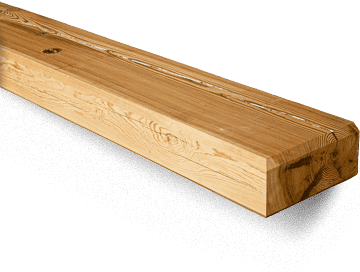

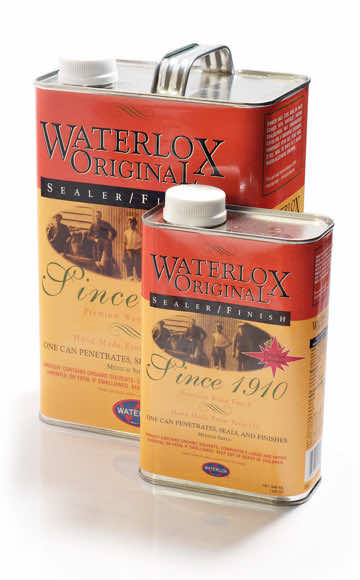
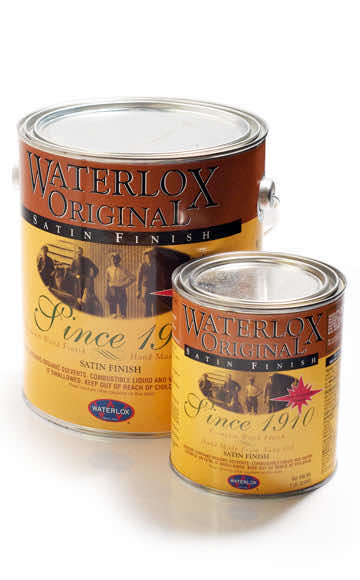
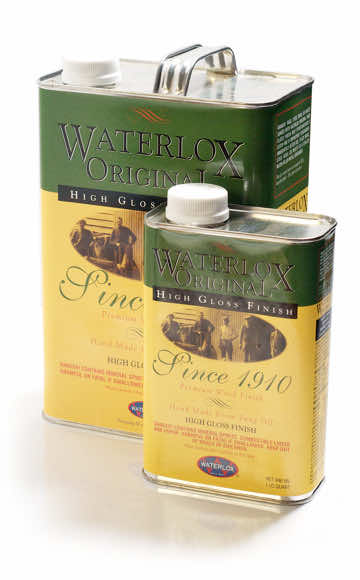
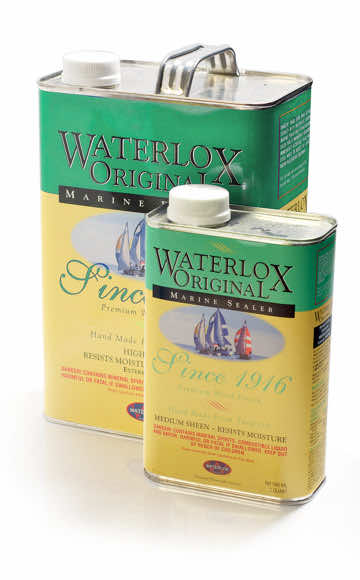
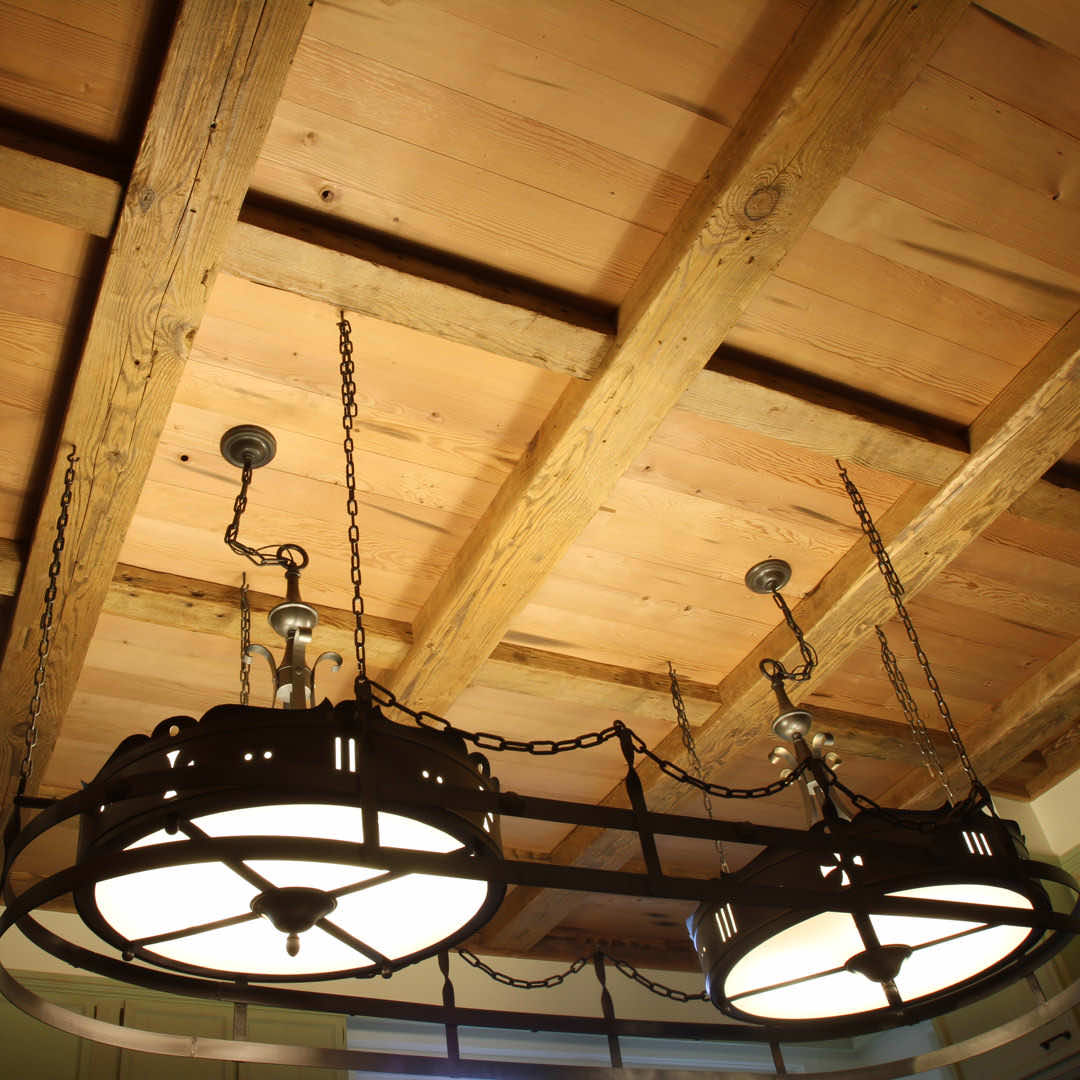

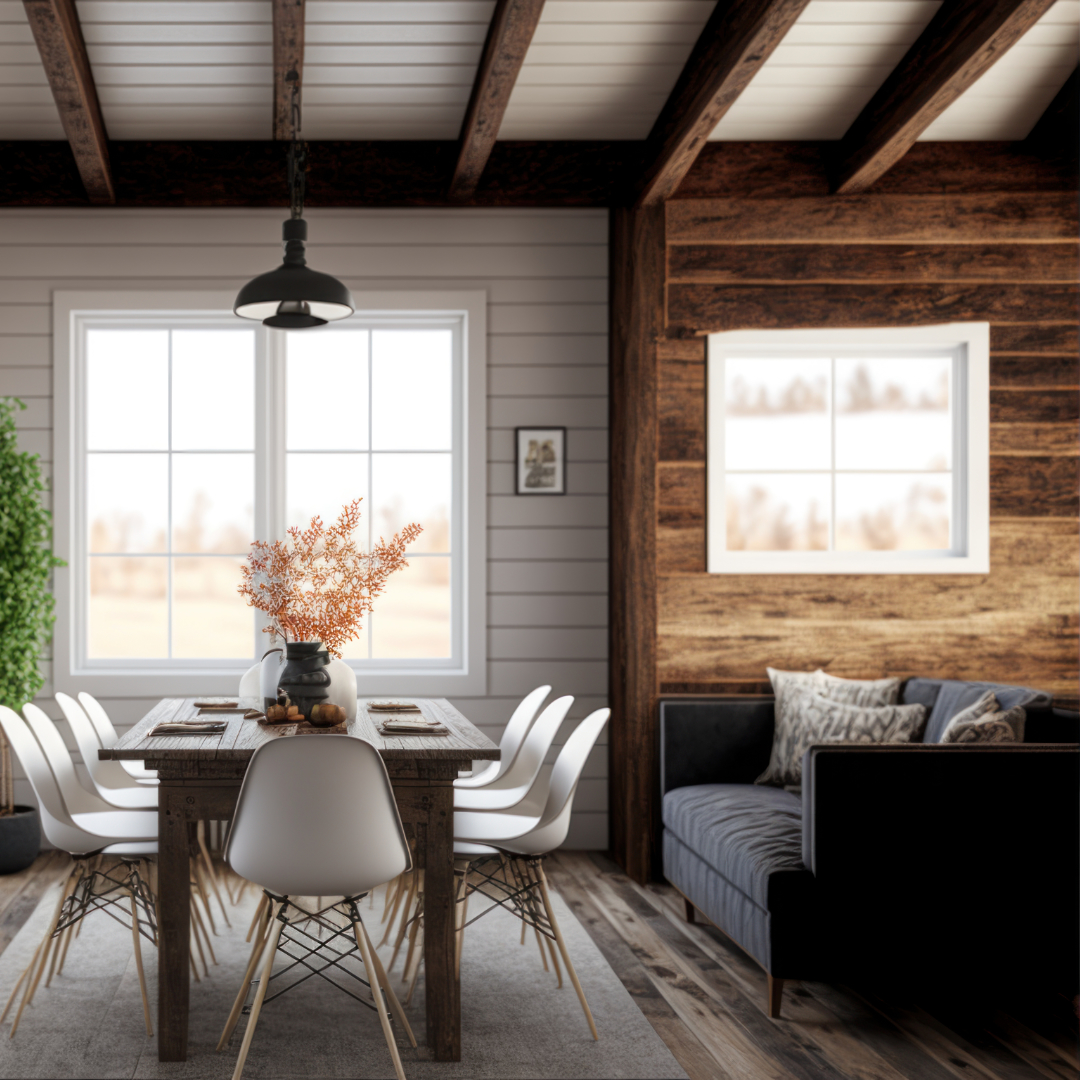
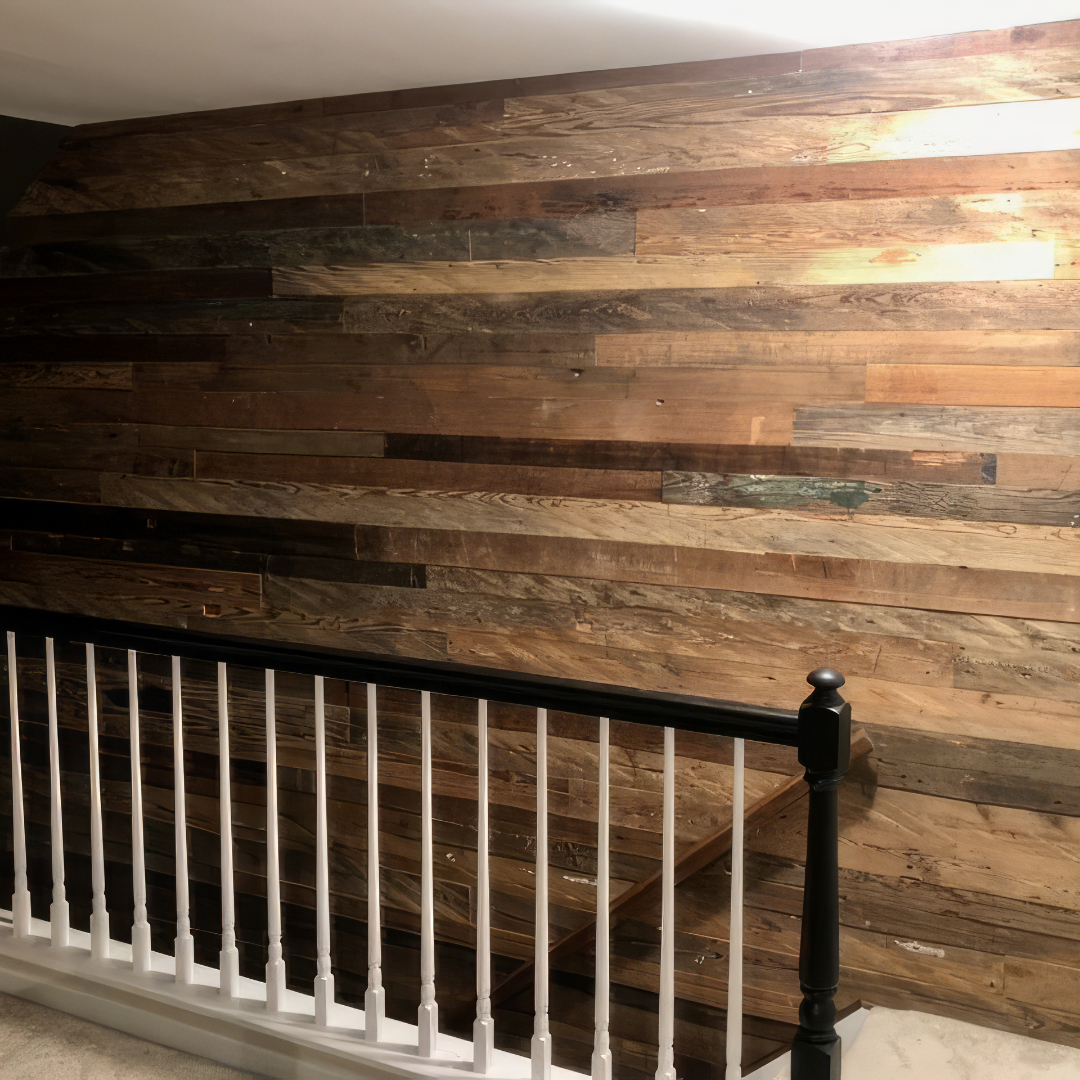
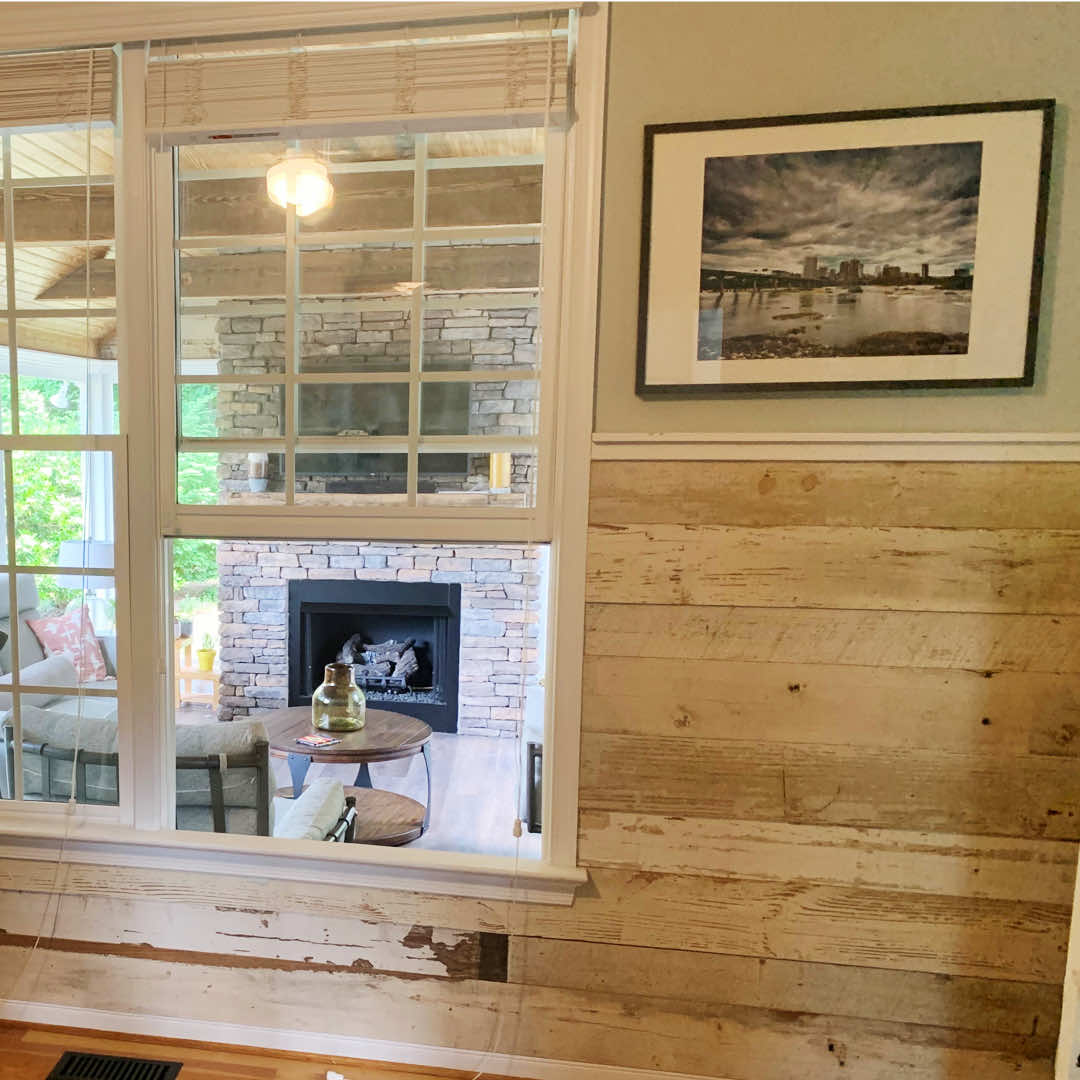
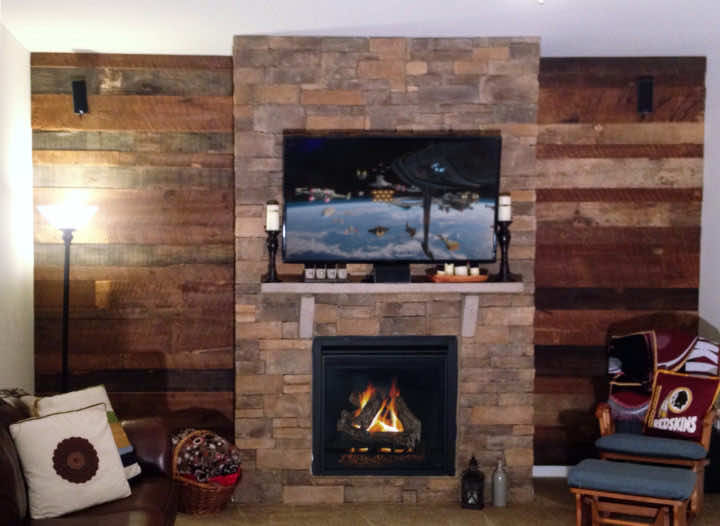
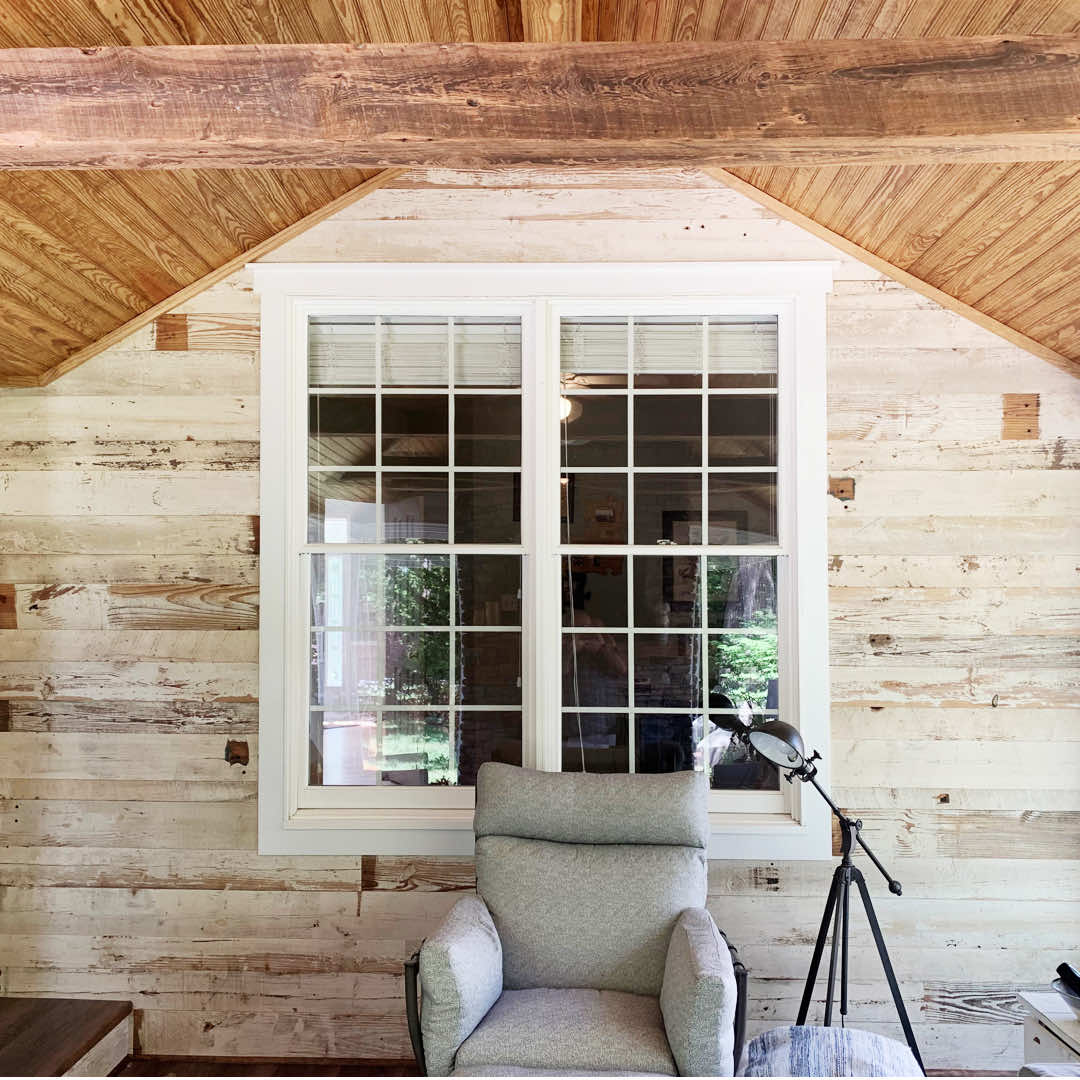
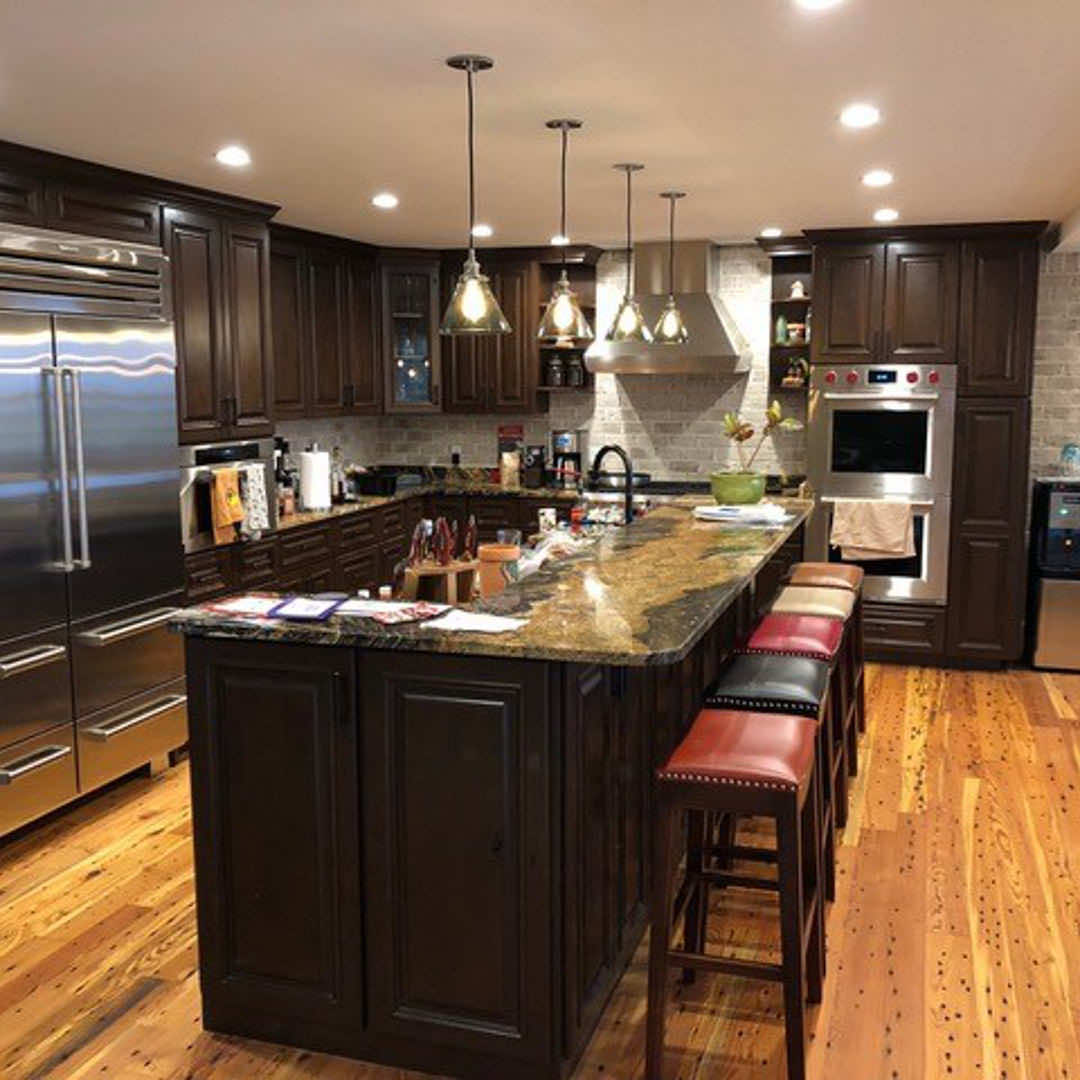
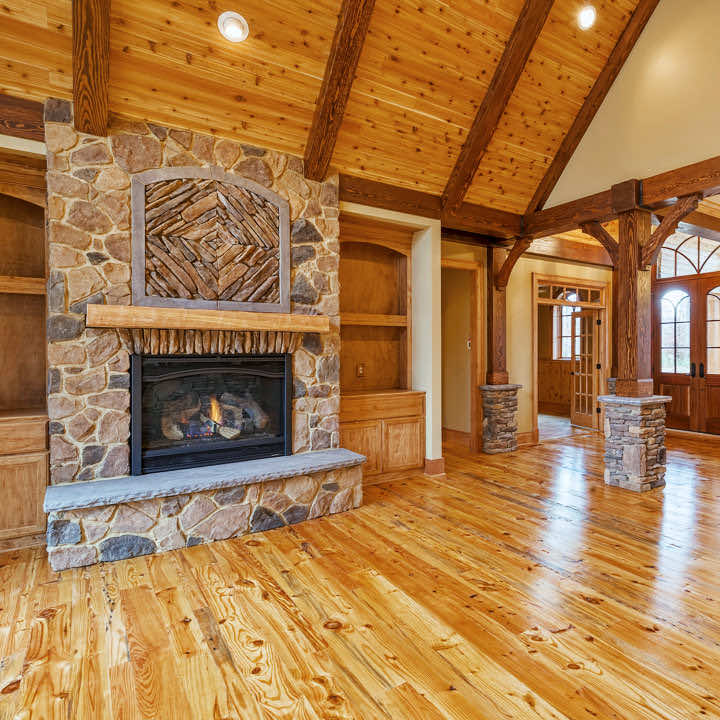

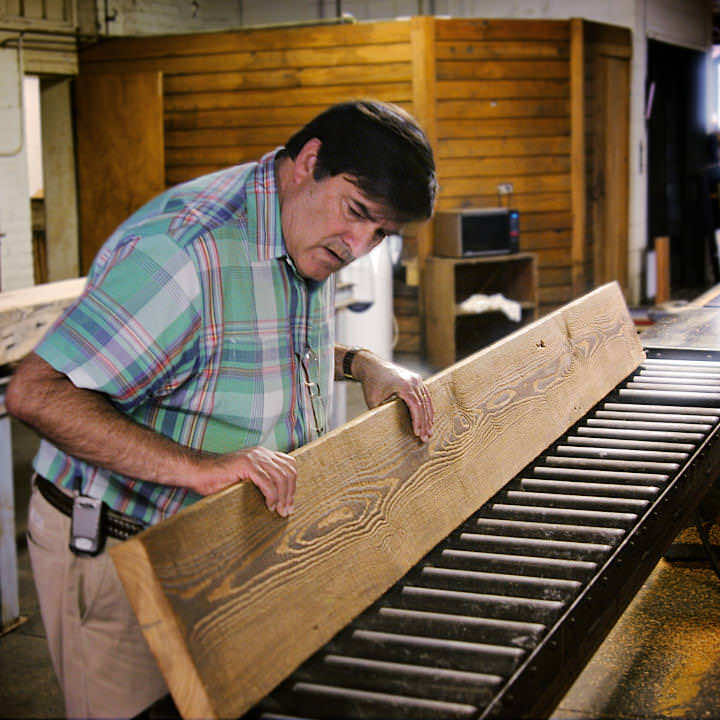



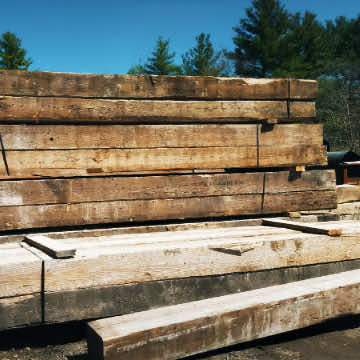
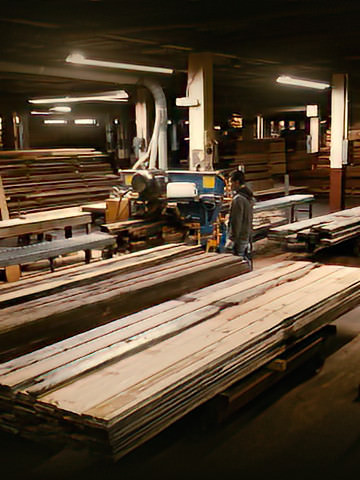



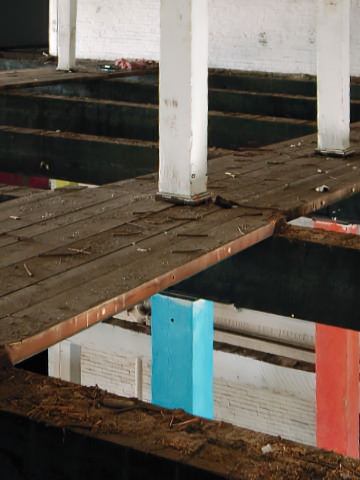



 When museums throughout the country height="720">
When museums throughout the country height="720"> When museums throughout the country height="720">
When museums throughout the country height="720"> When museums throughout the country height="720">
When museums throughout the country height="720">



























































